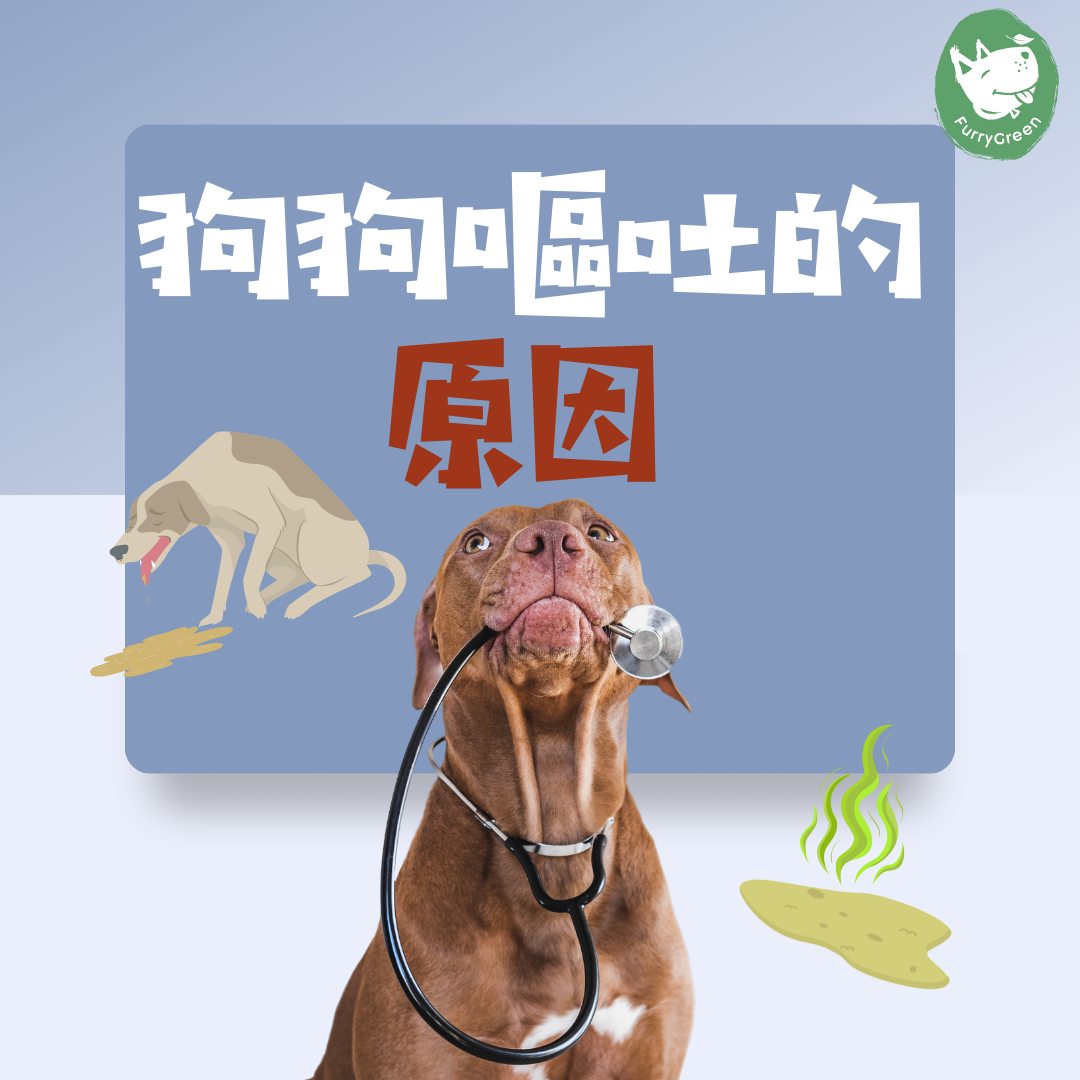When Your Dog Vomits White Foam: A Veterinarian-Reviewed Guide
"White foam" is a description of what the vomit looks like—not a diagnosis. In many cases, the foam is made up of stomach fluid, mucus, and swallowed saliva that have been whipped into bubbles as your dog retches. This can happen when the stomach is empty, but it can also occur in many other situations.
Key takeaway: Foam alone doesn't tell you the cause—other symptoms and your dog's overall condition matter far more.

Possible Reasons for Vomiting
Mild or Short-Term Stomach Upset
- Empty stomach irritation (bile reflux gastritis): Common in some dogs first thing in the morning. Fluid may be clear, yellow, or foamy.
- Eating too quickly or overeating: Can cause regurgitation or vomiting soon after a meal.
- Sudden diet change or eating table scraps: Rapid diet changes or fatty foods can upset the stomach.
- Dietary indiscretion: Getting into trash, spoiled food, or grass.
Digestive System Disorders
- Gastroenteritis: Inflammation of the stomach and intestines, often from infection, stress, or dietary indiscretion.
- Intestinal blockage: From swallowed toys, bones, or other foreign objects. Signs may include repeated vomiting, abdominal pain, and no bowel movements.
- Gastric ulcers: More often caused by certain medications (NSAIDs, steroids), severe illness, or liver/kidney disease than by bacterial infection in dogs.
Other Serious Health Conditions
- Pancreatitis: Inflammation of the pancreas, often linked to fatty foods; can cause vomiting, abdominal pain, and lethargy.
- Kidney or liver disease: Toxin buildup in the blood can trigger nausea and vomiting.
- Peritonitis: Infection or inflammation of the abdominal lining, often from trauma, ruptured intestines, or severe disease—a medical emergency.
- Gastric dilatation-volvulus (GDV, or bloat): Twisting of the stomach; causes unproductive retching, distension, and rapid decline—life-threatening.
Infectious Diseases
- Canine parvovirus, distemper, or enteric coronavirus: Viral illnesses that can cause vomiting, diarrhea, and systemic illness. Parvo and distemper can be fatal, especially in unvaccinated dogs.
When to Take Action
Monitor at Home If:
- Vomiting is a single, isolated episode.
- Your dog is bright, alert, and eating/drinking normally afterward.
- No other symptoms are present.
Call Your Veterinarian Promptly If:
- Vomiting occurs more than once in 24 hours.
- Your dog is lethargic, refuses food, or has diarrhea.
- You see blood in vomit or stool.
- The abdomen is painful or distended.
- Your dog is very young, very old, or has a chronic medical condition.
- You suspect ingestion of a toxin or foreign object.
Home Care for a Mild Episode
If your dog vomits white foam once but otherwise seems well:
- Withhold food for 6–12 hours to let the stomach settle (unless your vet advises otherwise).
- Offer fresh water to prevent dehydration.
- Resume small, bland meals (such as boiled chicken and rice) for a day or two before returning to regular food.
- Monitor closely for any return of symptoms or changes in behavior.
Never give over-the-counter human medications unless instructed by a veterinarian.
What Your Vet Might Do
If veterinary care is needed, your vet may:
- Perform a physical exam and medical history review.
- Run diagnostic tests such as blood work, X-rays, or ultrasound.
- Give anti-nausea medications, stomach protectants, or IV fluids.
- Recommend diet adjustments or treat any underlying disease.
Prevention Tips
- Feed a consistent, balanced diet; make any changes gradually over 5–7 days.
- Avoid letting your dog raid the trash or eat unknown outdoor items.
- Provide smaller, more frequent meals for dogs prone to empty-stomach vomiting.
- Keep household toxins, medications, and harmful plants out of reach.
- Maintain regular veterinary check-ups and keep vaccines current to prevent infectious causes.
Bottom line: White foam in vomit is just one visual clue—it's not specific to any single disease. If vomiting is frequent, accompanied by other symptoms, or your dog seems unwell, a veterinary visit is the safest route.
Frequently Asked Questions
What should I do immediately if my dog vomits white foam just once?
If it's a single episode and your dog seems otherwise bright, alert, and normal, the best first step is to withhold food for 6-12 hours to let their stomach settle. Ensure they have access to fresh water. Afterward, you can offer a small, bland meal like boiled chicken and rice. Always monitor them for any further symptoms.
Is a dog vomiting white foam always a sign of a serious problem?
No, not always. Vomiting white foam can be caused by simple issues like an empty stomach or eating too fast. The foam itself isn't a diagnosis. It's crucial to consider other symptoms. If the vomiting is repetitive or accompanied by lethargy, diarrhea, or pain, it could indicate a more serious condition and you should contact your vet.
When does vomiting white foam become a veterinary emergency?
You should seek emergency veterinary care if your dog is repeatedly trying to vomit but producing nothing (a sign of bloat/GDV), has a painful or distended abdomen, seems extremely lethargic, has blood in their vomit, or if you suspect they have swallowed a toxin or foreign object. These are life-threatening situations.
Works Cited
- American Kennel Club. “Dog Vomiting: Causes, Diagnosis, and Treatment.” 2 Mar. 2023.
- Cornell University College of Veterinary Medicine. “Gastrointestinal Disorders in Dogs.” Accessed 13 Aug. 2025.
- Merck Veterinary Manual. “Vomiting in Small Animals.” Accessed 13 Aug. 2025.
- PetMD Editorial. “Vomiting in Dogs: Causes, Treatment, and Prevention.” 27 June 2022.
- University of California, Davis School of Veterinary Medicine. “Gastrointestinal Emergencies in Dogs.” Accessed 13 Aug. 2025.
Worried About Your Pet's Health?
A consistent, high-quality diet can prevent many digestive issues. Explore our veterinary nutritionist dog foods today.
Shop Furry Green Dog Diet
